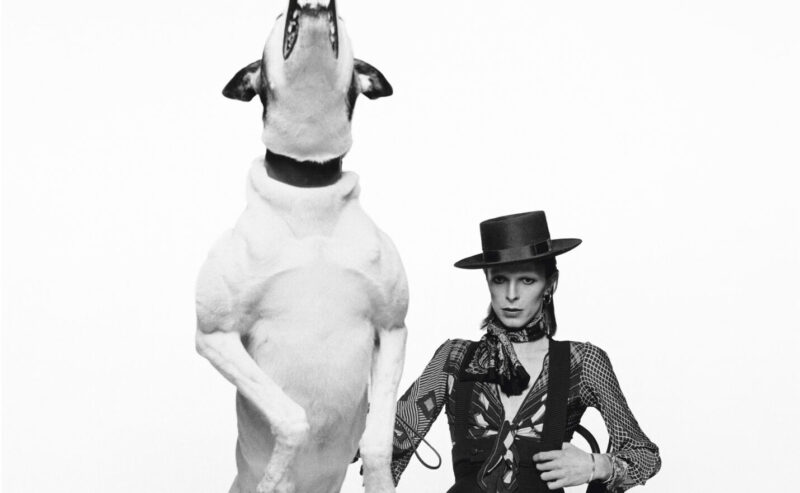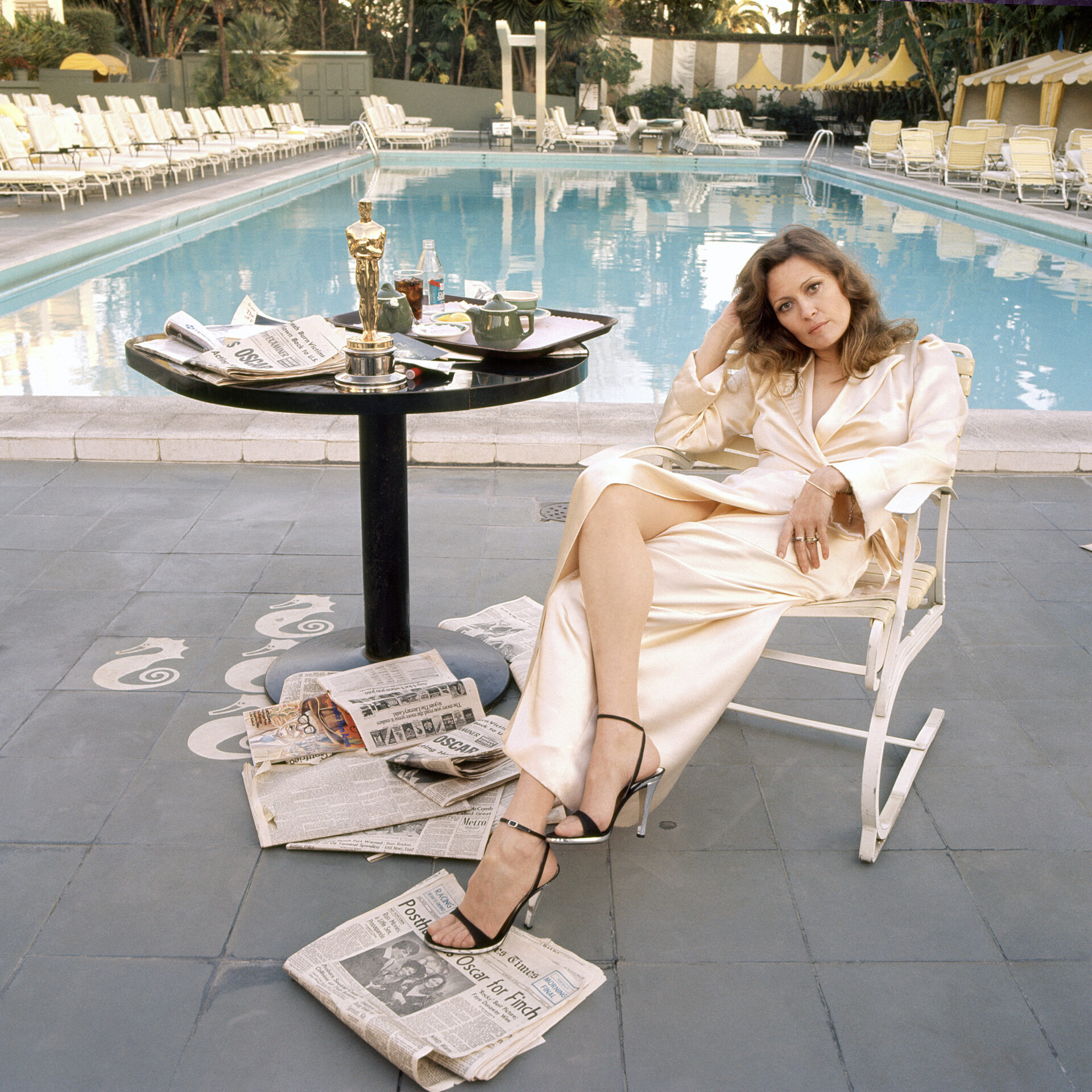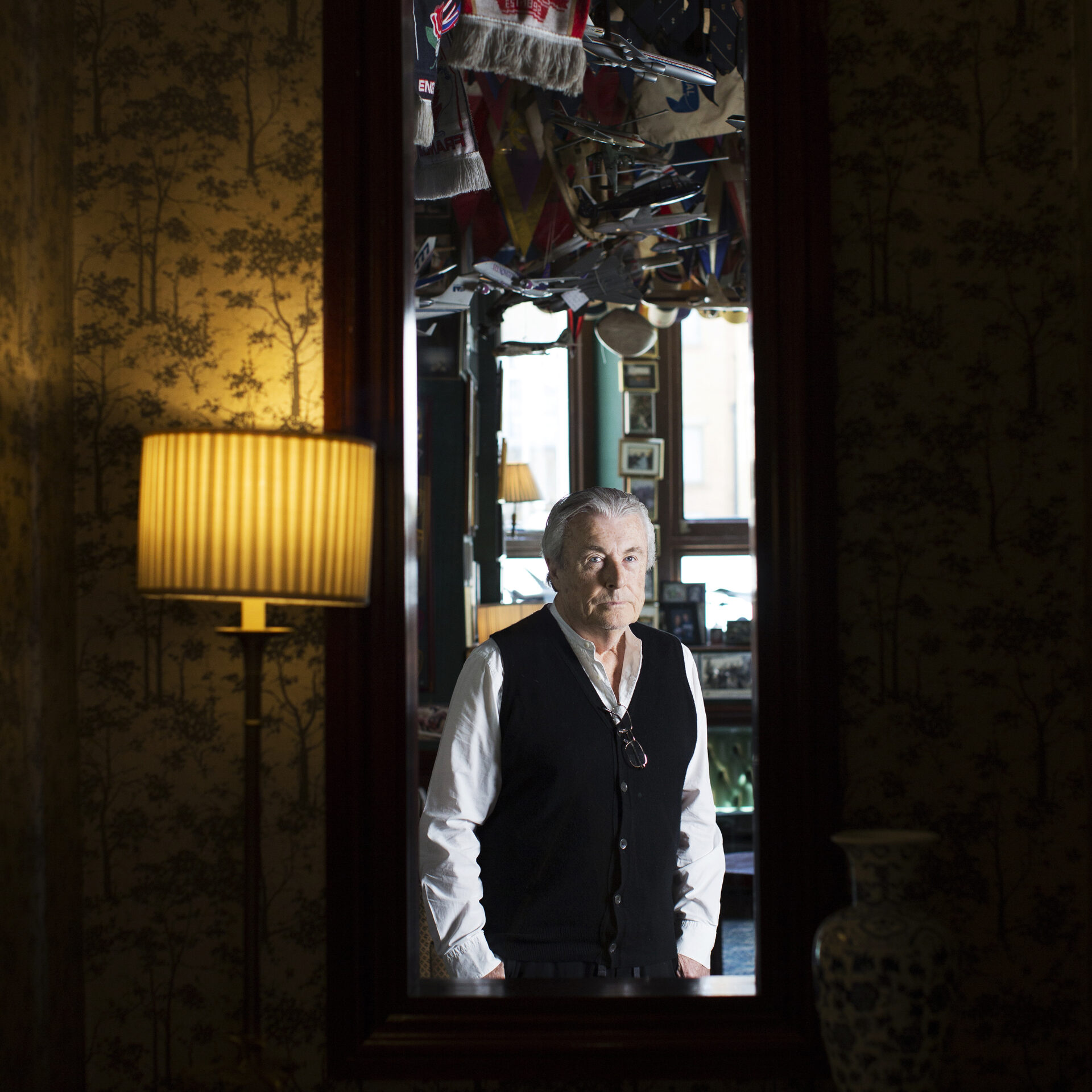A leitmotif of Terry’s tales was how they would somersault from the mundane to the sublime. He slept every night in an air raid shelter from the ages of two to nine at the end of a WWII runway. Underground, in the dark, Luftwaffe Doodlebugs droned overhead, aimed at the “bigwigs” landing at Heston military airbase, as his family sheltered a dozen or so neighbours. I proposed that this fashioned his ease with anyone and everything, fascination with the stars or love of the flashbulb: “Yeah, maybe…” he pondered, with the trademark affability that beckoned the little black book of every Hollywood mogul and London music impresario, before casting the notion like a dud negative to the floor with the strident self-possessedness that won the heart of every star. “No. I was shy: never used to talk to anyone. Terribly shy.
All my life, I’ve been shy.” I didn’t believe him. Terry’s byword is understatement. His first love was music: his trajectory into photography a happy accident, or twist of fate. The teenaged O’Neill held ambitions of becoming a transatlantic air steward, the flights’ stopovers portals to a shot at the big time as a drummer in the jazz clubs of New York. The airline only had a vacancy in its photographic department, so there he worked until, one day, he snapped a sleeping man in an airport, and somebody recognised the supine senior as thethen-Home Secretary Rab Butler. He was enlisted to the ranks of Fleet Street, to a newspaper named The Daily Sketch. “I got you here because you get on with other musicians,” the Editor told the young photographer. “We think that music is going to be big in the Sixties and we need someone to photograph all the groups.” His first assignment saw him sent to St John’s Wood where, one crisp January day, he shot the Fab Four, guitars in hands, for their inaugural group shot in the backyard of Abbey Road Studio





